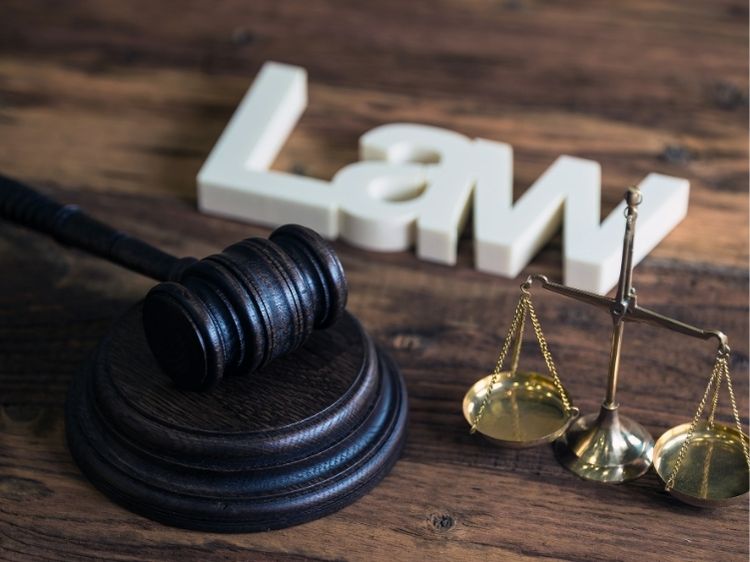Types of Product Liability Claims: What You Need to Know
Products should make life easier, right? From cars to kitchen appliances, consumers trust that what they buy is safe and reliable. However, when products fail, they can lead to serious injuries. When this happens, consumers may have grounds for a product liability claim. Let’s dive into the different types of product liability claims, the scenarios where they apply, and what steps consumers can take to protect their rights.
What is Product Liability?
Product liability is the area of law that holds manufacturers, distributors, and retailers responsible if a product causes injury. The aim is to ensure accountability across the supply chain and protect consumers from harm due to faulty products. Under product liability laws, injured consumers can pursue compensation if they can prove that the product was indeed defective and that this defect led directly to their injury.
Types of Product Liability Claims
When it comes to product liability, claims typically fall into three main categories:
- Manufacturing Defects
- Design Defects
- Failure to Warn or Marketing Defects
Each type of claim addresses a specific issue in the product’s lifecycle, from design to end-user instructions. Let’s take a closer look at each.
1. Manufacturing Defects
Manufacturing defects occur when a product is assembled improperly or has a defect from the factory. These issues arise during the production or assembly process, meaning that even if the design is safe, an error at the factory level can result in a dangerous product.
Examples of Manufacturing Defects:
- Contaminated Medications: Medications that become contaminated during production can pose serious health risks to patients.
- Broken or Loose Parts in Appliances: If a small part of an appliance is not properly secured during manufacturing, it can lead to malfunctions or even injuries when in use.
- Misassembled Machinery: In industrial settings, machines with missing bolts or incorrectly installed parts can lead to serious accidents.
In a manufacturing defect claim, the consumer must prove that the product they received was not up to the intended standard due to some error in the manufacturing process.
2. Design Defects
Unlike manufacturing defects, design defects are inherent to the product’s blueprint. A design defect means that the product, as intended, is unreasonably dangerous—even if manufactured correctly.
Examples of Design Defects:
- Unstable Furniture: Certain types of furniture might have a tendency to tip over, especially when placed on uneven surfaces, posing a risk of injury, particularly to young children.
- Flammable Clothing: Clothing that is too easily flammable might expose wearers to serious burn risks.
- Defective Brakes on Vehicles: A car brake system that doesn’t engage as intended under specific conditions is a common example of a dangerous design flaw.
For a successful design defect claim, the injured party must show that the product was dangerous due to its design and that an alternative, safer design could have been used.
3. Failure to Warn (Marketing Defects)
Failure to warn claims arise when a manufacturer does not adequately inform consumers about potential risks. These claims are also known as “marketing defects” because they relate to how a product is presented or marketed. If a product has certain risks that may not be immediately obvious, manufacturers are expected to provide clear warnings.
Examples of Failure to Warn Claims:
- Medication Side Effects: Pharmaceutical companies must disclose potential side effects of their drugs.
- Heavy Machinery Hazards: Machines should have visible warnings about operational risks to reduce accidents.
- Cleaning Chemicals: Chemical cleaners should include warnings about mixing with other chemicals that could create toxic fumes.
In failure to warn cases, the consumer must prove that a clear warning could have prevented the accident and that they were unaware of the risk.
Elements of a Product Liability Claim
To pursue a successful product liability claim, the injured party typically needs to prove several key elements:
- The Product Was Defective: Evidence must show the product had a flaw, whether in design, manufacturing, or warnings.
- The Defect Caused the Injury: It must be clear that the defect directly led to the harm suffered.
- The Product Was Used as Intended: Generally, the product must have been used in the manner intended or in a reasonably foreseeable way.
If a plaintiff can establish these elements, they stand a good chance of succeeding in their claim.
Steps to Take if You’ve Been Injured by a Defective Product
If you or someone you know has suffered harm from a defective product, here’s a quick checklist of what to do:
- Seek Medical Attention Immediately: Always prioritize your health and safety by consulting a healthcare professional.
- Preserve the Product and Documentation: Keep the product, its packaging, and any instructions or warranties intact.
- Document Your Injuries and Expenses: Maintain records of medical bills, lost wages, and other related costs.
- Consult a Product Liability Lawyer: Specialized attorneys can help evaluate your case and guide you through the legal process.
- File a Claim Promptly: Product liability claims have a statute of limitations, so it’s essential to file promptly.
FAQs About Product Liability Claims
Q: What types of compensation are available in a product liability case?
In a successful product liability case, plaintiffs can recover damages for medical bills, lost wages, pain and suffering, and, in some cases, punitive damages to penalize the manufacturer for particularly reckless behavior.
Q: Can I file a claim if I was partially at fault?
In some cases, yes. Certain jurisdictions follow comparative negligence laws, which allow claimants to recover damages even if they were partially at fault, though their compensation may be reduced accordingly.
Q: Are product recalls required to file a product liability claim?
No, a recall isn’t necessary to file a claim. However, a recall can serve as evidence that a product is dangerous or defective, strengthening a plaintiff’s case.
Q: How long do I have to file a product liability claim?
The statute of limitations for product liability claims varies by state. Generally, it’s between two to four years from the date of injury or the date you discovered the injury.
Q: Do all product liability claims go to court?
Not necessarily. Many product liability claims are settled out of court, especially if the manufacturer prefers to avoid the cost and negative publicity of a trial.
Conclusion
Product liability laws exist to protect consumers from defective and dangerous products. From manufacturing to design flaws and even failure to warn, there are multiple ways a product can pose unexpected risks. If you believe you’ve been injured due to a product defect, knowing your rights and legal options is crucial. Always document everything, consult an expert, and consider taking legal action to hold manufacturers accountable.
For more detailed information on the topic, refer to these resources:




